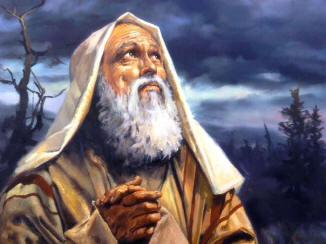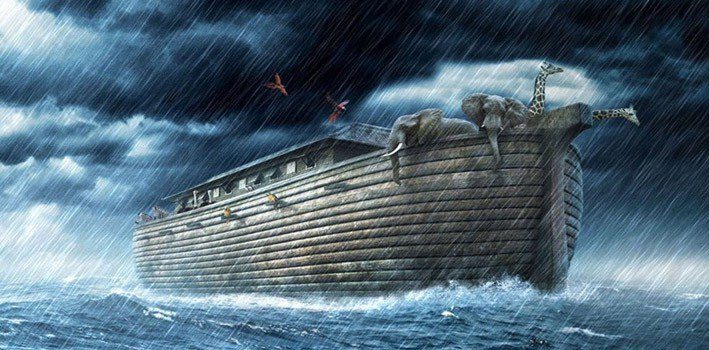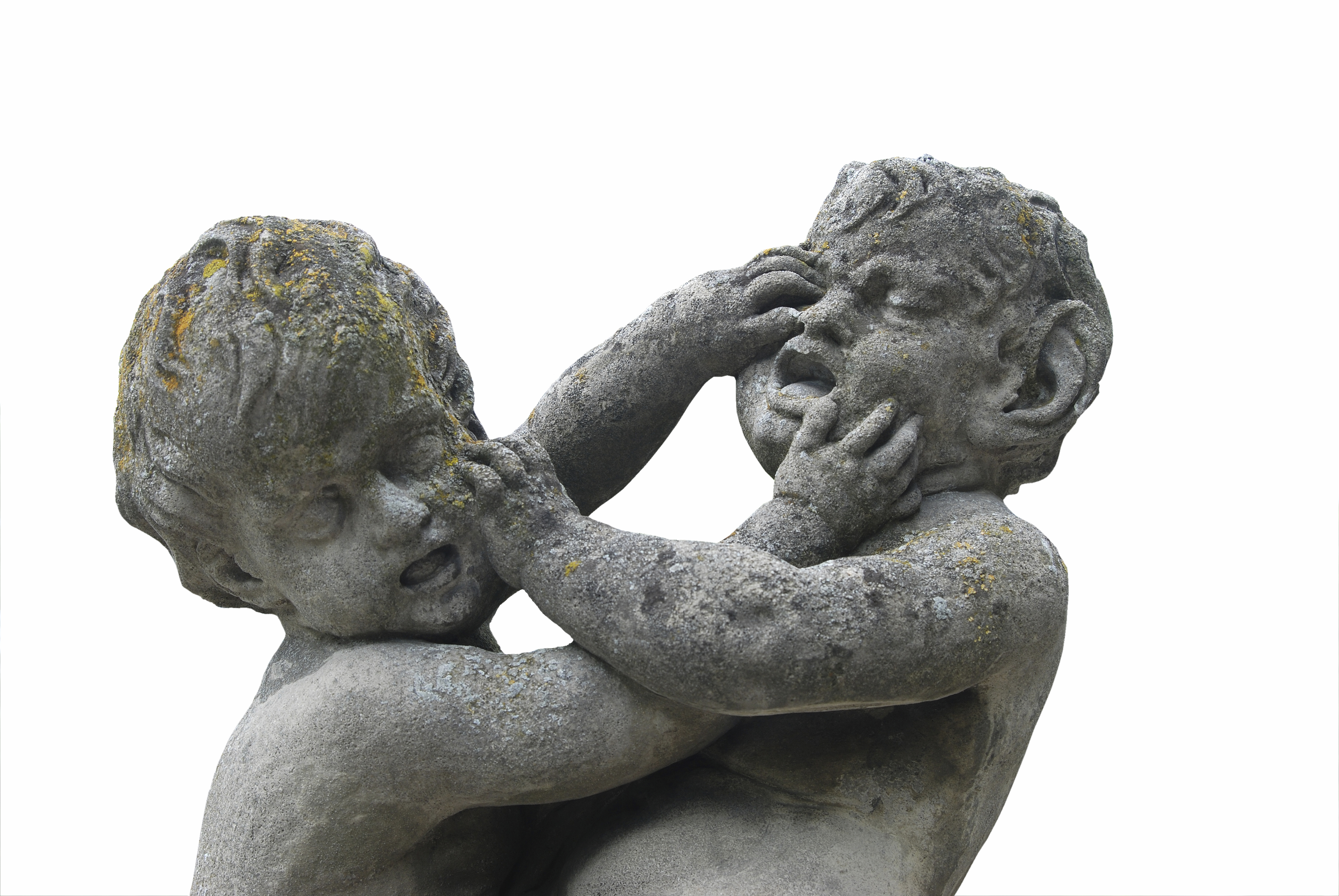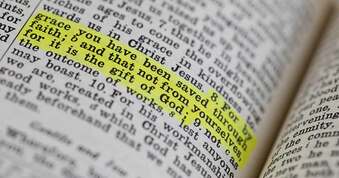
Introduction:
We continue on with our theme-by-theme survey of the Bible that we are calling: "a bird's-eye view of the Bible". So far, we've journeyed through the themes of creation and catastrophe. Readers can review the last post on the theme of creation here: http://www.growingchristianresources.com/2020/01/birds-eye-view-of-bible-theme-of.html and the theme of catastrophe here: http://www.growingchristianresources.com/2020/02/birds-eye-view-of-bible-theme-of.html
Both of these major themes comprise the first eleven chapters of the Book of Genesis. Genesis 1-11 covers the greatest span of time in the Bible (at least 1656 years). Whenever we study Genesis 1-11, we introduced to virtually every major truth we encounter in scripture. Some of those fundamental truths we find in Genesis 1-11 are: creation (1-2); sin (3); death (4); walking with God (5); grace (6); judgment (6-7); mercy and promise (8); covenant (9); nations of the earth (10); God's providence (11). There are many more truths we could mention, however we must move onto the third theme in our study which will cover the remainder of the Book of Genesis: the theme of "patriarchs".
Our journey from creation through catastrophe to the patriarchs

As we prepare to continue our flyover of the Bible, we keep in mind that, so far, we've experienced creation and the age of innocence. Remember, whenever God created and made everything, there was no sin or death. He had made an original covenant (remember what that was? A binding promise) with Adam and Eve for the sake of their relationship with Him. Their testing came whenever the serpent, Satan, tempted them in the Garden of Eden, resulting in their failure or Fall. Sadly, catastrophe had struck. Consequently, the fall of Adam and Eve spelled out a Divine curse of sin and death on all people (see Romans 5:11-21).

Thankfully, God issued a second covenant, the covenant of grace, which they received by faith and included the death of innocent sacrifices on their behalf - all done because of God's grace (Genesis 3:15,20-21; Hosea 6:7). The short time-frame of innocence gave way to what is called by some: "the age of conscience". God would continue to preserve the moral and physical life of sinful human beings through their consciences. The conscience is that sudden joy you feel when you've done something right or that sudden unhappiness you feel when you've committed a sin.

God the Holy Spirit extends common, non-saving grace to all people by preserving mankind from being as bad as he possibly could-be by way of the moral law written on the conscience (Romans 2:14-15). The work of the Spirit in regulating the boundaries of mankind's rebellion by way of the conscience is first seen between the Fall of Genesis 3 until we arrive at Noah in Genesis 6. What of course is needed is that specific, saving work of the Holy Spirit that draws individual sinners in saving faith to the promises of God's salvation (Old Testament) and saving faith in the Personal Savior of salvation, Jesus Christ (John 16:8-12; Acts 4:12).
As we journeyed through Genesis 4-11, we observe the spreading of the catastrophe of the Fall. Cain murdered Abel, signaling that the disease of sin was far worst than ever imagined. Adam and Eve would have another son, Seth, from whom would begin a series of nine other generations of humanity we find listed in Genesis 5-9. Two other catastrophes were mentioned in our journey: the world-wide flood of Noah in Genesis 6-9 and the Tower of Babel in Genesis 10-11.

God would to set forth the third age of history and another means of exercising His providential care over mankind, called by some: "the age of government". Romans 13:1 tells us that God was the One who instituted government. God also reissued a version of the covenant of Grace with Noah after the flood, pledging to never again destroy the world with a flood. Noah and his wife would have three sons: Shem, Ham and Japheth, whom each would function as the three sources of humanity's seventy original nations. One new theme emerges, beginning with Seth through the ten generations up to Noah and another ten generations to a very important man, Abraham, namely: “the theme of patriarchs”.
What is a patriarch?
A patriarch, in the Biblical sense, refers to a God-appointed founder of the nation of Israel or first-example of what it means to walk by faith. We will meet and learn about the patriarchs Noah, Abraham, Isaac and Jacob. Exploring the patriarchs is important to growing in our understanding of the Bible. God’s covenant with Noah was a promise to never again destroy the world with a flood. His covenant with Abraham would bring about the nation of Israel and ultimately prepare for the coming of Jesus. Many lessons about faith and life are learned by watching how the patriarchs responded to God.
Who are patriarchs and why they’re important?

In the Bible, we see God choosing, calling and guiding certain men to function as patriarchs. Sometimes we can speak of pre-flood patriarchs such as Adam, Noah and Seth. When it comes to the patriarchs after the flood, we draw another set of lines, beginning with Noah's son Shem to eventually what would be three "post-flood" patriarchs: Abraham, Isaac and Jacob. Noah would come to represent the most important of the "pre-flodd" patriarchs. If we draw a line from Noah to Abraham, we have exactly ten generations, representing an unbroken line of people who carried the message of God's salvation (shedding of innocent blood on the behalf of the guilty, reception of salvation by faith).
The most important of the post-flood patriarchs: Abraham

We first meet Abraham at the end of Genesis 11. Abraham was a normal guy who lived in a pagan city. It is in Genesis 12 that we see God choosing and calling of Abraham to move from the city of his birth to a far-away country (Genesis 12:1-7). God's plan of salvation, as we already saw, had involved a covenant of grace which He made originally with Eve back in Genesis 3:15.
The pattern of salvation would involve God bringing about the Savior of mankind through a specific part of humanity. God had narrowed down the specifics of His plan from humanity in general (Adam and Eve) to a portion of humanity (Noah and Shem) to then a person (Abraham). Abraham was promised that God would make him a blessing to all the nations. God chose Abraham and Sarah to be the beginnings of his chosen people, the Hebrews, whom He would make into the nation of Israel. Although they both were beyond child-bearing age, and Sarah herself was incapable of having children, God nevertheless demonstrated that nothing is impossible for Him (Genesis 18).

The covenant God made with Abraham contained three elements: a land, a blessing and a descendant. The land part would become the nation of Israel. The blessing God promised to Abraham would turn into the Gospel of salvation being offered to all the nations (see Galatians 3-4). The promise of descendants would first result in the coming forth of the Jewish people and then ultimately Jesus (see Galatians 3).

God's covenant with Abraham also included a symbol which would distinguish Abraham and his future descendants from every other people group - circumcision (circumcision is a form of minor surgery performed upon every male child shortly after birth). All covenants in the Bible have some sort of "symbol" or "sign", an oath of promise and blessings or curses (see Hebrews 6:9-18). Since God's covenant with Abraham was an expression of God's covenant of grace, that meant Abraham and any of his future descendants would need to embrace God's promises by faith. Abraham would trust God by faith (Genesis 15:6), therefore giving us a reminder of how we receive salvation: by grace through faith apart from doing good things (please see Ephesians 2:8-9; Titus 3:4-5).
Meet the rest of the Patriarchs: Isaac and Jacob

As we move forward, one of Abraham's sons, Isaac, would become the heir of all the promises God made to Abraham and thus be our next patriarch. Isaac’s story is not as long and detailed as Abraham’s, however, Isaac and his wife Rebekkah would have twin sons: Esau and Jacob. God already had decided to choose Jacob, rather than Esau, as the next patriarch who would carry on the promised covenant of Abraham. Although God chose Jacob, he still needed to respond to God’s call by faith (see Genesis 28).

Jacob and Esau both illustrate the twin truths we find throughout the Bible: God's gracious work in drawing sinners and man's responsibility to receive the gracious work. Both Esau and Jacob had equal exposure to God’s promises, yet, Esau's missing out on the promise of God is due to Esau's willful choice to reject God's covenant promises offered to Him in the covenant made with his father (Isaac) and grandfather (Abraham). Consequently, Esau would end up rejecting his right to inherit as the oldest son, symbolizing that in his heart, Esau had also rejected God’s well-meant offer of salvation (Hebrews 12:16).

Jacob, on the other hand, responded positively to God's gracious salvation through that same set of covenant promises we witnessed with Abraham and Isaac. Why? Scripture uniformly credits God's grace as the reason (see Malachi 1:2; Romans 9:6-18). God would orchestrate a dramatic encounter with Jacob in Genesis 32, followed by a change in his name to that of: “Israel”. Jacob (also called, “Israel”) would end up as father of twelve sons, each becoming patriarchs or founders of the twelve groups or tribes of Israel. Jacob and Esau are used extensively through the Old and New Testament to illustrate how God works in salvation per His gracious plan and the need for individuals to respond in faith to that gracious plan.
Applications we can glean from consideration of the patriarchs
As God continued to work with mankind, He did so not only through conscience and government, but also through the patriarchs (Abraham, Isaac and Jacob). God's gracious choice of Noah over other men of his era, Abraham over his siblings, Isaac over his brother Ishmael and Jacob over Esau reminds us of the truth repeated throughout the Old and New Testaments: "salvation is of the Lord" (Psalm 3:8; Isaiah 45:17; Jonah 2:9-10; Romans 10:6-15; Ephesians 2:8-9). We see equally presented the need for individuals to respond to the Spirit's call to believe, repent and be saved from their sins and the wrath of God to come (Acts 2:36-37; 17:31; Romans 5:6-9; 1 Thessalonians 1:9-10). Such truths about human salvation found in Genesis 12-50 are still the basis for how God the Holy Spirit works forth in calling forth individuals to Himself to believe on the Lord Jesus Christ for their salvation (John 16:8-12; Romans 10:9-15). The next theme we will consider in our ongoing study is that vital theme of "redemption".
